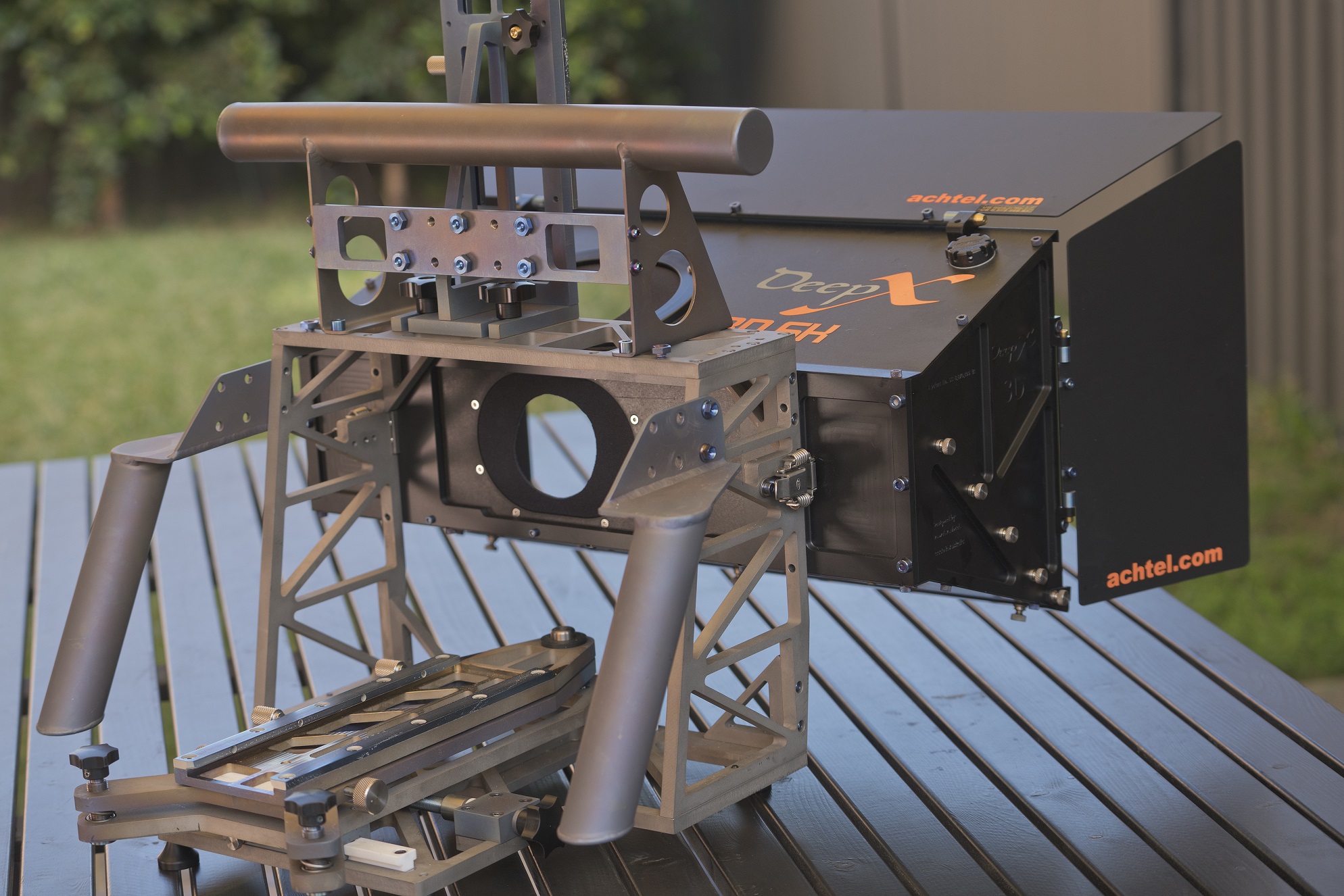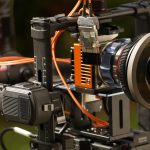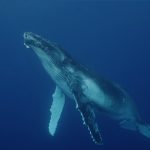Dome ports, used for wide-angle lenses, produce image plane curvature combined with astigmatism when placed underwater, causing extensive blurring of images. Dome ports preserve the angle of view (no image magnification) nor significant geometric distortions. However, they suffer from a loss of sharpness due to image plane curvature (the image is not focused on a flat image plane, but rather on a curved surface) and relatively poor optical performance from the taking lens that needs to be focused on a very close virtual image. Most wide-angle land lenses are not optimized for close-focus performance and usually deliver compromised image quality. In ideal conditions, such systems are limited to approximately 2K equivalent sharpness (about 1000 line pairs per picture width). This limitation falls far short of today’s high-resolution camera standards.
Flat ports perform even worse. While having negligible effect out of the water, a flat port produces severe chromatic aberrations (rainbow-colored edges), pin-cushion distortions, astigmatism, loss of sharpness away from the center of the frame, and (often undesirable) image magnification. An example of a flat port can be a dive mask. For wide-angle imaging, a flat port limits image sharpness to approximately 1K (standard definition) quality.
Submersible lenses, such as Nikonos 15mm, are specifically designed to take sharp images underwater and do not suffer from any of the abovementioned problems. Typically submersible lenses can reproduce one or two orders of magnitude more detail and sharpness than housed land lenses. Their small size also allows side-by-side and beam-splitter configurations for stereoscopic 3D.

















